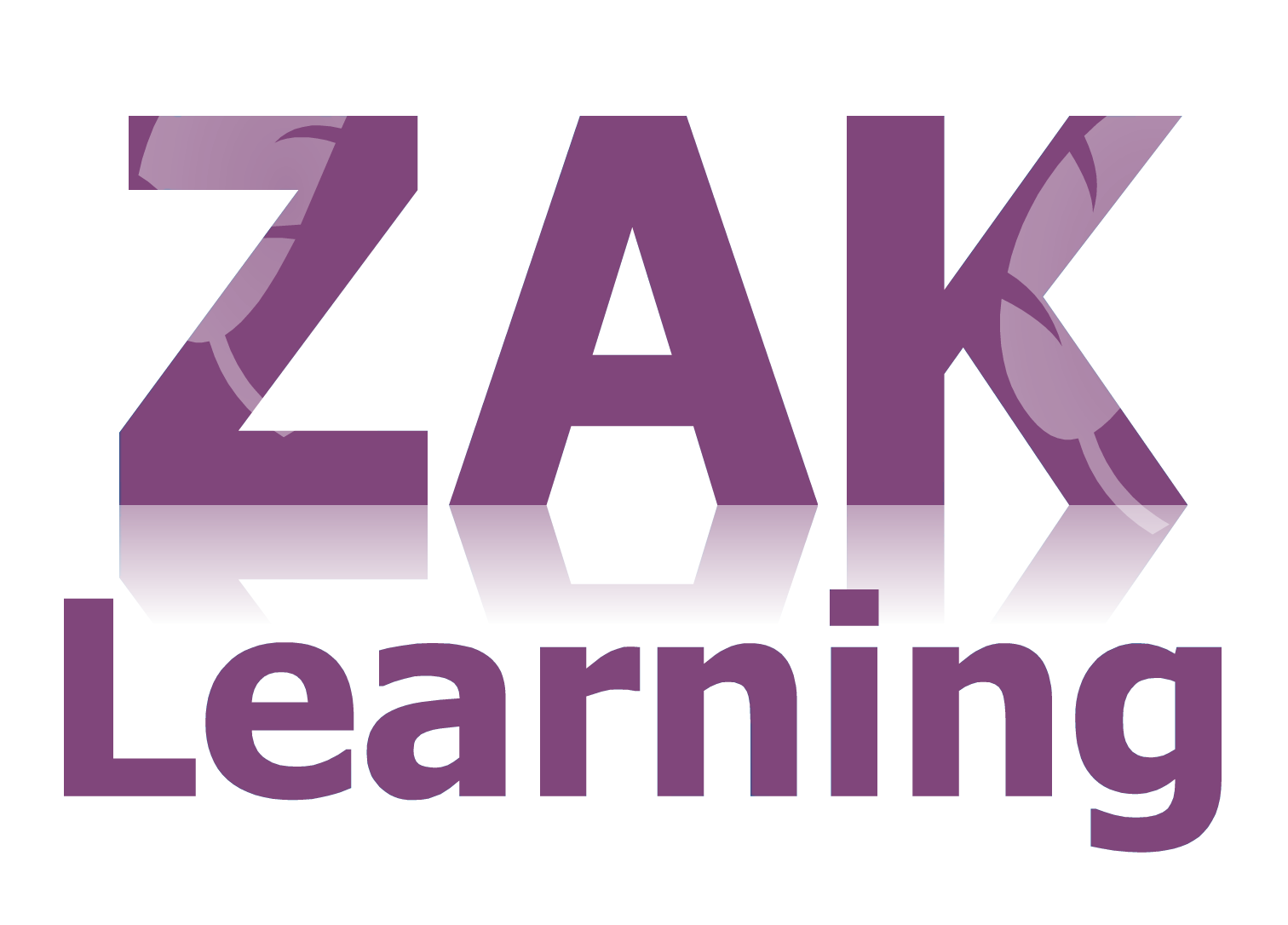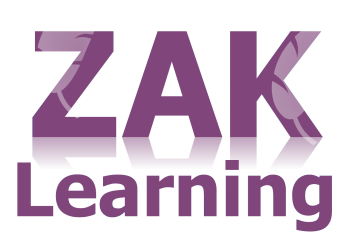Description
This ’Quant Trading Using Machine Learning’ online training course takes a completely practical approach to applying Machine Learning techniques to Quant Trading. The focus is on practically applying ML techniques to develop sophisticated Quant Trading models. From setting up your own historical price database in MySQL, to writing hundreds of lines of Python code, the focus is on doing from the get-go.
What is Quant Trading?
Quantitative trading consists of trading strategies based on quantitative analysis, which rely on mathematical computations and number crunching to identify trading opportunities.
Modules
Course Length: 11 Hours
Chapter 01: You, This Course & Us
Lesson 01: Introduction – You, This Course & Us!
Chapter 02: Developing Trading Strategies in Excel
Lesson 01: Are markets efficient or inefficient?
Lesson 02: Momentum Investing
Lesson 03: Mean Reversion
Lesson 04: Evaluating Trading Strategies – Risk & Return
Lesson 05: Evaluating Trading Strategies – The Sharpe Ratio
Lesson 06: The 2 Step process – Modeling & Backtesting
Lesson 07: Developing a Trading Strategy in Excel
Chapter 03: Setting up your Development Environment
Lesson 01: Installing Anaconda for Python
Lesson 02: Installing Pycharm – a Python IDE
Lesson 03: MySQL Introduced & Installed (Mac OS X)
Lesson 04: MySQL Server Configuration & MySQL Workbench (Mac OS X)
Lesson 05: MySQL Installation (Windows)
Lesson 06: [For Linux/Mac OS Shell Newbies] Path & other Environment Variables
Chapter 04: Setting up a Price Database
Lesson 01: Programmatically Downloading Historical Price Data
Lesson 02: Code Along – Downloading Price data from Yahoo Finance
Lesson 03: Code Along – Downloading a URL in Python
Lesson 04: Code Along – Downloading Price data from the NSE
Lesson 05: Code Along – Unzip & process the downloaded files
Lesson 06: Manually download data for 10 years
Lesson 07: Code Along – Download Historical Data for 10 years
Lesson 08: Inserting the Downloaded files into a Database
Lesson 09: Code Along – Bulk loading downloaded files into MySQL tables
Lesson 10: Data Preparation
Lesson 11: Code Along – Data Preparation
Lesson 12: Adjusting for Corporate Actions
Lesson 13: Code Along – Adjusting for Corporate Actions 1
Lesson 14: Code Along – Adjusting for Corporate Actions 2
Lesson 15: Code Along – Inserting Index prices into MySQL
Lesson 16: Code Along – Constructing a Calendar Features table in MySQL
Chapter 05: Decision Trees, Ensemble Learning & Random Forests
Lesson 01: Planting the seed – What are Decision Trees?
Lesson 02: Growing the Tree – Decision Tree Learning
Lesson 03: Branching out – Information Gain
Lesson 04: Decision Tree Algorithms
Lesson 05: Overfitting – The Bane of Machine Learning
Lesson 06: Overfitting Continued
Lesson 07: Cross-Validation
Lesson 08: Regularization
Lesson 09: The Wisdom Of Crowds – Ensemble Learning
Lesson 10: Ensemble Learning continued – Bagging, Boosting & Stacking
Lesson 11: Random Forests – Much more than trees
Chapter 06: A Trading Strategy as Machine Learning Classification
Lesson 01: Defining the problem – Machine Learning Classification
Chapter 07: Feature Engineering
Lesson 01: Know the basics – A Pandas tutorial
Lesson 02: Code Along – Fetching Data from MySQL
Lesson 03: Code Along – Constructing some simple features
Lesson 04: Code Along – Constructing a Momentum Feature
Lesson 05: Code Along – Constructing a Jump Feature
Lesson 06: Code Along – Assigning Labels
Lesson 07: Code Along – Putting it all together
Lesson 08: Code Along – Include support features from other tickers
Chapter 08: Engineering a Complex Feature – A Categorical Variable with Past Trends
Lesson 01: Engineering a Categorical Variable
Lesson 02: Code Along – Engineering a Categorical Variable
Chapter 09: Building a Machine Learning Classifier in Python
Lesson 01: Introducing Scikit-Learn
Lesson 02: Introducing RandomForestClassifier
Lesson 03: Training & Testing a Machine Learning Classifier
Lesson 04: Compare Results from different Strategies
Lesson 05: Using Class probabilities for predictions
Chapter 10: Nearest Neighbors Classifier
Lesson 01: A Nearest Neighbors Classifier
Lesson 02: Code Along – A nearest neighbors Classifier
Chapter 11: Gradient Boosted Trees
Lesson 01: What are Gradient Boosted Trees?
Lesson 02: Introducing XGBoost – A Python library for GBT
Lesson 03: Code Along – Parameter Tuning for Gradient Boosted Classifiers
Chapter 12: Introduction to Quant Trading
Lesson 01: Financial Markets – Who are the players?
Lesson 02: What is a Stock Market Index?
Lesson 03: The Mechanics of Trading – Long Vs Short positions
Lesson 04: Futures Contracts
System Requirements
Minimum specifications for the computer are:
Windows:
Microsoft Windows XP, or later
Modern and up to date Browser (Internet Explorer 8 or later, Firefox, Chrome, Safari)
MAC/iOS:
OSX/iOS 6 or later
Modern and up to date Browser (Firefox, Chrome, Safari)
All systems:
Internet bandwidth of 1Mb or faster
Flash player or a browser with HTML5 video capabilities (We recommend Google Chrome)






